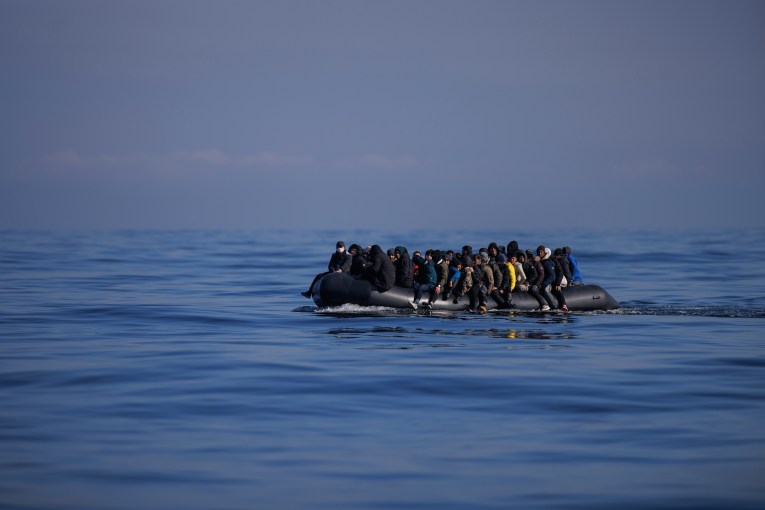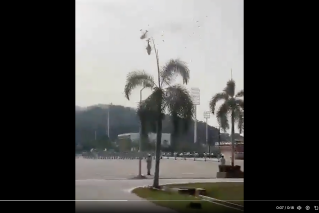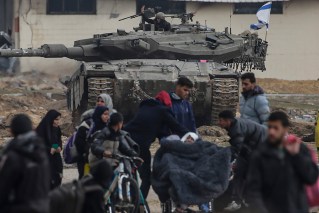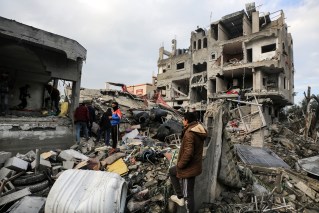Ukraine marks 29 years since Chernobyl disaster
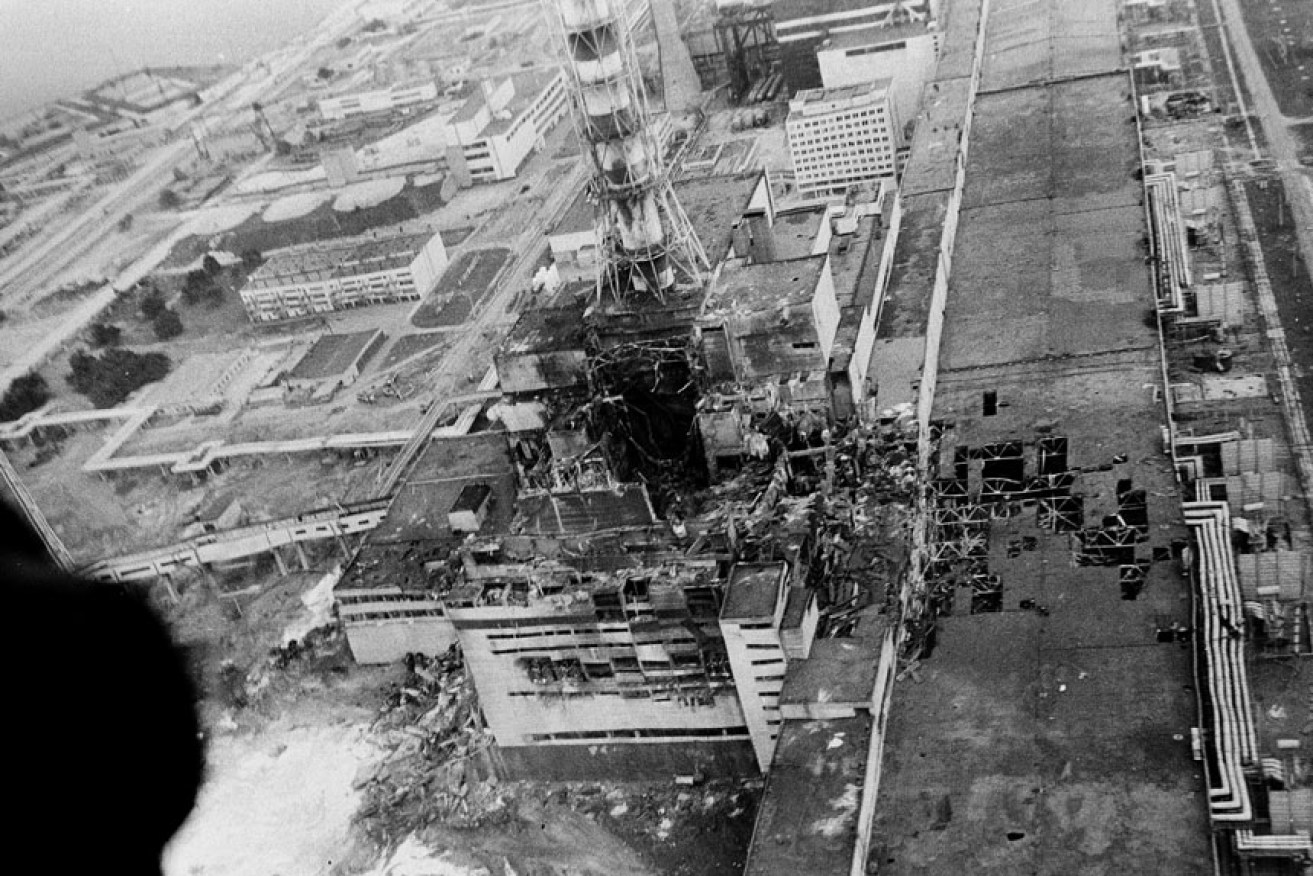
The Chernobyl catastrophe hasn't dampened the Nationals' appetite for isotopes. Photo: AAP
Ukrainians have marked 29 years since the Chernobyl nuclear disaster, placing wreaths and candles near the plant where work to lay a new seal over the reactor site has been delayed.
The explosion of reactor number four on April 26, 1986, spewed poisonous radiation over large parts of Europe, particularly Ukraine, Belarus and Russia.
At 1:23 am local time, the exact time of the explosion, hundreds of people placed flowers and candles in the dark at the foot of a monument in Slavutych, 50 kilometres from the plant.
• The most radioactive place on earth is found in Australia?
• Terrifying footage shows horror of Nepal quake
Slavutych was built to rehouse Chernobyl workers who had lived near the plant and were forced to move further away after the disaster.
At the site of the plant itself, around 100 kilometres from Kiev, Ukraine’s president Petro Poroshenko laid a wreath at a monument to the victims.
The human toll of the disaster is still disputed.
United Nations experts officially recognised 31 deaths among plant workers and firefighters directly linked to the blast.
But environmental group Greenpeace suggested there would be around 100,000 additional cancer deaths caused by the disaster.
New cover to ‘protect forever’ against radiation leaks delayed

The April 26, 1986 explosion at the Chernobyl nuclear power plant affected about 3.3 million Ukrainians, including 1.5 million children.
The Soviet authorities of the time dispatched hundreds of thousands of people to put out the fire and clean the site, without proper protection.
Workers hastily laid a concrete cover over the reactor site dubbed “the sarcophagus”, which is cracking and yet to be replaced.
A spokesperson for UN secretary-general Ban Ki-moon said in statement: “We stand in solidarity with the millions who have been traumatised by lingering fears about their health and livelihoods.”
The UN Action Plan on Chernobyl will come to an end on December 31 and so UN officials have initiated a series of consultations “to define the vision for post-2016 international cooperation”.
Mr Ban called for “a forward-looking strategy designed to further help the recovery of the affected areas and to work together for greater nuclear safety worldwide”.
Mr Poroshenko inspected ongoing work on a new 20,000-tonne steel cover – a project estimated to cost more than $A3 billion.
It was financed by international donations managed by the European Bank for Reconstruction and Development (EBRD).
The structure’s technology would act beneath the cover to decontaminate the area once the steel layer is in place.
Officials said the new cover would last for 100 years.
Mr Poroshenko said the new cover would “protect forever” against radiation from the site.
The work was scheduled for completion by the end of this year but the EBRD said last year technical problems would delay it until late 2017.
